Research Progress of Oncostatin M in Microenvironment Regulation and Metastasis of Breast Cancer
DOI: 10.23977/medsc.2025.060320 | Downloads: 5 | Views: 297
Author(s)
Huijuan Liu 1,2
Affiliation(s)
1 Shanxi Province Cancer Hospital, Taiyuan, Shanxi, 030000, China
2 Shanxi Hospital Affiliated to Cancer Hospital, Chinese Academy of Medical Sciences, Taiyuan, Shanxi, 030000, China; Cancer Hospital Affiliated to Shanxi Medical University, Taiyuan, Shanxi, 030000, China
Corresponding Author
Huijuan LiuABSTRACT
Oncostatin M (OSM), a cytokine belonging to the interleukin-6 family, plays a crucial role in modulating the breast cancer microenvironment and facilitating metastasis. It influences tumor cells directly, as well as immune cells, stromal cells, and vascular endothelial cells indirectly, thereby creating a complex interactive network that enhances tumor invasion and spread. The high expression of OSM in breast cancer is positively correlated with tumor grade, stage and metastasis, and enhances the invasion ability and chemotherapy resistance of tumor cells by activating JAK/STAT3 and PI3K/AKT signal pathways. In addition, OSM induced tumor-associated macrophages (TAMs) to polarize to M2 type, weakened the function of CD8^+T cells, promoted the proliferation of myeloid-derived suppressor cells (MDSCs), and inhibited the anti-tumor immune response. At the same time, it activates cancer-associated fibroblasts (CAFs) and promotes angiogenesis, supporting the formation of tumor matrix and metastasis niches. OSM signals are cross-regulated with multiple channels, forming a transfer-promoting loop. Clinical studies have shown that the high expression of OSM is related to the shortened survival period of patients, and intervention studies have verified its function of promoting metastasis. Nevertheless, the exact mechanism of OSM in breast cancer needs to be further explored, especially its potential as a therapeutic target and its application prospect as an inhibitor or antagonist, which provides a direction for future research.
KEYWORDS
Oncostatin M; Breast Cancer; Microenvironment Regulation; Invasion and MetastasisCITE THIS PAPER
Huijuan Liu, Research Progress of Oncostatin M in Microenvironment Regulation and Metastasis of Breast Cancer. MEDS Clinical Medicine (2025) Vol. 6: 127-132. DOI: http://dx.doi.org/10.23977/medsc.2025.060320.
REFERENCES
[1] Kang Xia, Tian Hao, Qian Jin, Gao Yuan, Miao Hongming, & Qi Xiaowei. (2023). Mechanism of osteoline in inhibiting osteoclast differentiation to alleviate bone resorption in tumor bone metastasis. Chinese Journal of Breast Disease (Electronic Edition), 17(06), 329-339.
[2] Zhang Junmei, Du Hongjuan, Yang Jin, Yang Ting, Wang Xinli, & Xue Yan. (2024). Efficacy and prognostic factors analysis of trastuzumab deruxtecan in treating HER2 overexpressed and low expressed metastatic breast cancer. Cancer Research and Clinical, 36(03), 167-171.
[3] Li Cong, Wang Chengxia, & Mo Dongping. (2024). Experimental study on the level of tRNA derivative TRF-5026A in the serum of breast cancer patients and its effect on proliferation, invasion, and migration of breast cancer cells. Cancer Research and Clinical, 36(03), 184-190.
[4] Wang Haiqiang, Liu Xuemin, Chang Qingyu, Zhou Lina, & Yan Min. (2023). Molecular mechanism of lncRNA SNHG1 targeting miR-497-5p in regulating chemotherapy resistance of breast cancer cells. Journal of Tropical Medicine, 23(12), 1659-1665.
[5] Chan Liujia, Wang Wenjing, Pang Yuheng, Zou Xin, Yi Bing, & Wang Yiji, et al. (2023). The role of genistein in inducing mitochondrial damage and G2/M cell cycle arrest in breast cancer cells. Journal of Beijing University of Traditional Chinese Medicine, 46(4), 520-527.
[6] Si Yunhui, Jiang Kai, Qian Liqun, Chen Yongshun, & Bie Huijie. (2024). Effects and mechanisms of aucubin on malignant biological behaviors of breast cancer cells. China Pharmacy, 35(8), 918-924.
[7] Li Lingyu, Ye Qianyun, Li Yan, Han Li, Wang Panpan, & Zhang Ronghua. (2024). Study on the mechanism of protopanaxatriol in reducing paclitaxel resistance of MDA-MB-231 cells. Chinese Journal of Pathophysiology, 40(5), 796-805.
[8] Bao Zhiyuan, Li Congsheng, Yang Jing, Hu Chengzhi, Ding Bin, & Nie Kaizheng, et al. (2024). Significance of serum oncostatin M combined with histone H4 in the diagnosis and prognosis assessment of sepsis. Anhui Medical Pharmaceutical Journal, 28(5), 949-952.
[9] Lai Mengjie, Dong Xing, Zhang Ting, Chen Xu, Guo Yongzhen, & Zeng Xianxu. (2024). Expression of oncostatin M in endometrial cancer and its correlation with immune cell infiltration. Chinese Journal of Immunology, 40(10), 2095-2100.
[10] Dong Wei, Chen Yiyuan, Li Zhenye, Zhang Yazhuo, Dong Xiaoliu, & Zhang Huan, et al. (2024). Analysis of expression and clinicopathological correlations of long non-coding RNA maternally expressed gene 3 in pituitary growth hormone cell tumors. Chinese Journal of Neurosurgery, 40(11), 1154-1159.
[11] Sheng Feng, Guo Shuya, Bao Jingjing, Zhang Chunyan, Liu Xiaozhi, & Xing Weibin. (2023). Resveratrol inhibits neovascularization of cutaneous squamous cell carcinoma by reducing the sumoylation of hypoxia-inducible factor 1α protein. Chinese Journal of Dermatology, 56(11), 1035-1042.
[12] Qiao Xiansen, Yuan Qing, Chen Yingyi, & Gu Xiaojing. (2024). Effects of nobiletin on the malignant biological behaviors of hepatocellular carcinoma cells by regulating the cdk1/ccnb1/plk1 signaling pathway. Hebei Medical Journal, 46(23), 3540-3545.
[13] Luo Zeni, Wu Anqi, Wang Zhikai, Pan Jin, & Sun Ximeng. (2024). Protective effect of interleukin-4 on Trichinella spiralis infection in the intestinal stage. Chinese Journal of Parasitology and Parasitic Diseases, 42(3), 354-359.
[14] Yang Chenyu, Xu Haoran, Zhang Qinglin, & Zhan Qiang. (2024). Research progress of tumor-associated macrophages in esophageal and gastrointestinal malignant tumors. Chinese Journal of Gastroenterology, 29(8), 493-498.
[15] Wan Yuxin, Zhu Xinyu, Zhao Yu, Sun Na, Jiang Tiantongfei, & Xu Juan. (2024). Computational analysis of the regulatory mechanism of abnormal metabolism on the remodeling of the breast cancer microenvironment. Hereditas, 46(10), 871-885.
[16] Zhang Ying, Fan Jingjing, Wu Zhongyu, Ma Weiqiang, & Ma Binlin. (2024). Interaction between exosomes and the tumor microenvironment of breast cancer and related research progress. Medical Recapitulate, 30(5), 559-563.
[17] Wang Jianxiang, Shen Fu, & Yang Lei. (2024). Exploring the potential molecular mechanism of Bupleurum Qinggan Decoction in interfering with the immune microenvironment of triple-negative breast cancer based on single-cell sequencing technology. Acta Chinese Medicine, 39(6), 1301-1313.
[18] Zhang Mengmeng, & Lin Ying. (2022). Characteristics of inflammatory breast cancer and research progress of the tumor microenvironment. Tumor, 42(05), 325-333.
[19] Wang Ping, Li Jinchao, Ren Meiling, Wu Ziting, & Yang Haiyan. (2024). Effects of Wumei Pill on the gene expression profile of the orthotopic tumor microenvironment and the expression of immune-related genes in breast cancer mice. China Journal of Traditional Chinese Medicine and Pharmacy, 39(2), 913-920.
| Downloads: | 10098 |
|---|---|
| Visits: | 692973 |
Sponsors, Associates, and Links
-
Journal of Neurobiology and Genetics
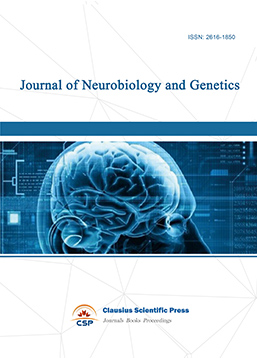
-
Medical Imaging and Nuclear Medicine
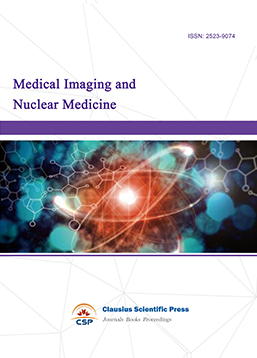
-
Bacterial Genetics and Ecology
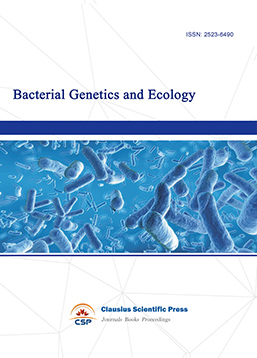
-
Transactions on Cancer
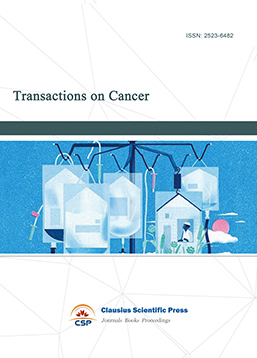
-
Journal of Biophysics and Ecology
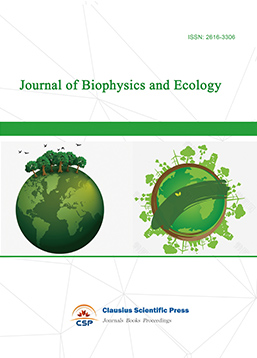
-
Journal of Animal Science and Veterinary
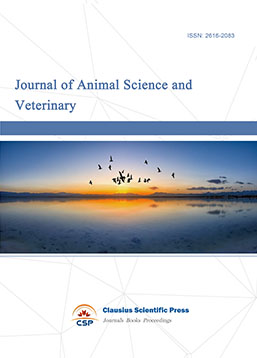
-
Academic Journal of Biochemistry and Molecular Biology
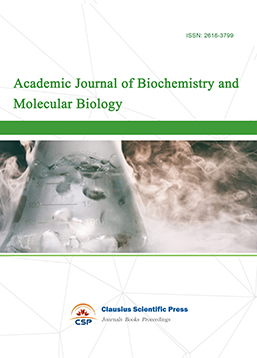
-
Transactions on Cell and Developmental Biology
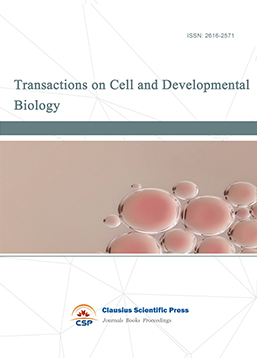
-
Rehabilitation Engineering & Assistive Technology
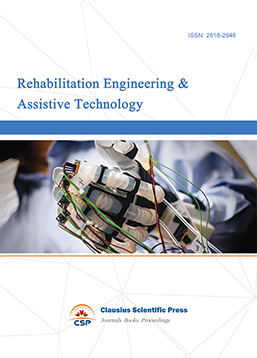
-
Orthopaedics and Sports Medicine
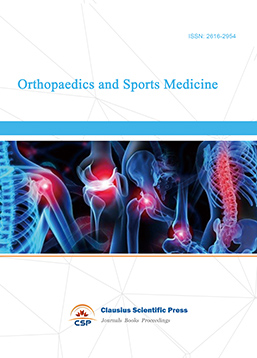
-
Hematology and Stem Cell
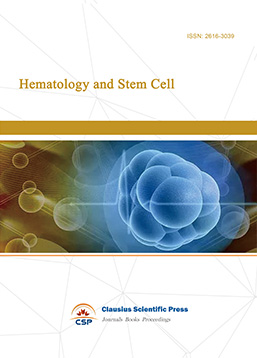
-
Journal of Intelligent Informatics and Biomedical Engineering
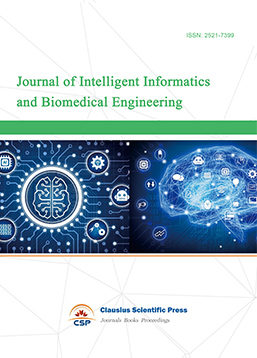
-
MEDS Basic Medicine
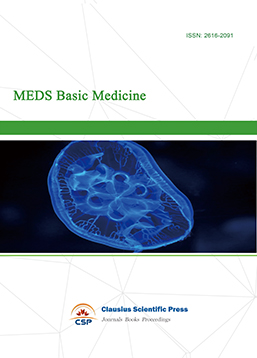
-
MEDS Stomatology
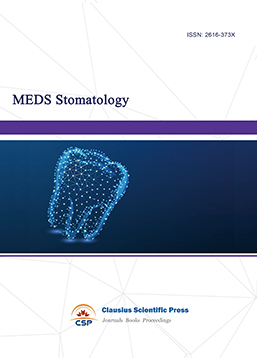
-
MEDS Public Health and Preventive Medicine
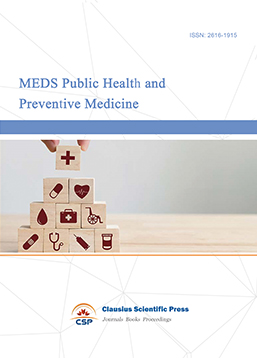
-
MEDS Chinese Medicine
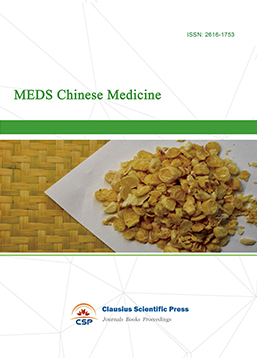
-
Journal of Enzyme Engineering
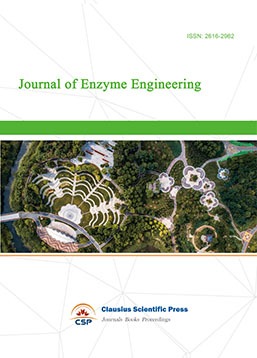
-
Advances in Industrial Pharmacy and Pharmaceutical Sciences
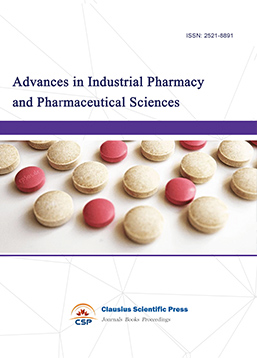
-
Bacteriology and Microbiology
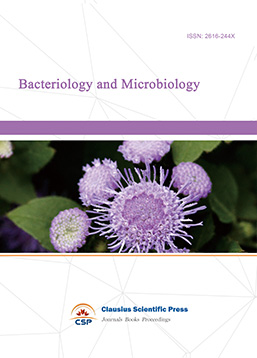
-
Advances in Physiology and Pathophysiology
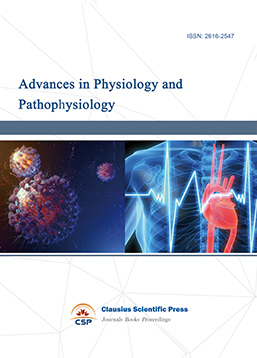
-
Journal of Vision and Ophthalmology
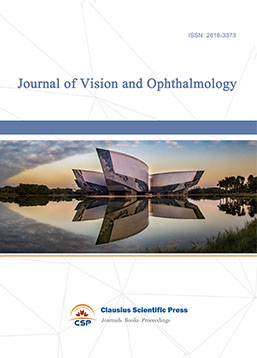
-
Frontiers of Obstetrics and Gynecology
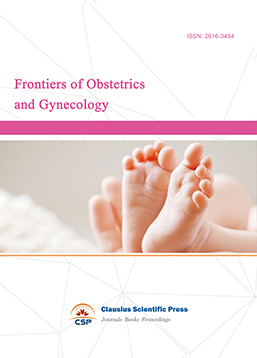
-
Digestive Disease and Diabetes
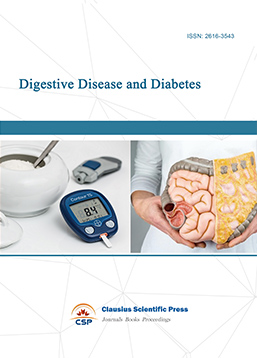
-
Advances in Immunology and Vaccines

-
Nanomedicine and Drug Delivery
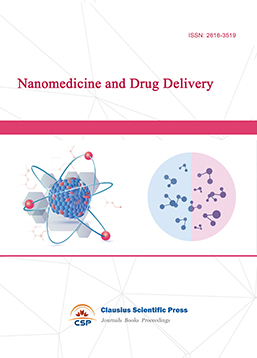
-
Cardiology and Vascular System
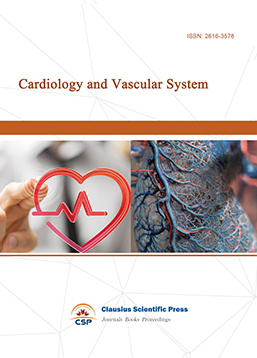
-
Pediatrics and Child Health
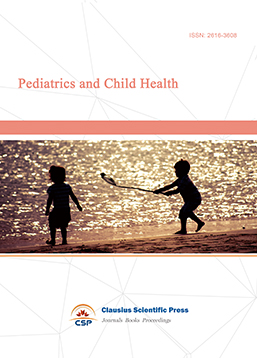
-
Journal of Reproductive Medicine and Contraception
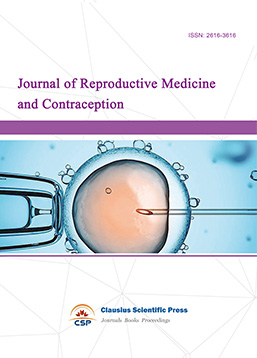
-
Journal of Respiratory and Lung Disease
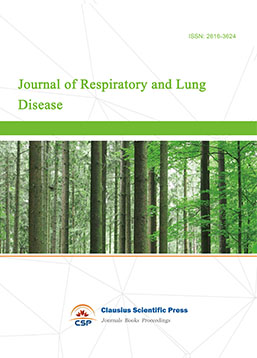
-
Journal of Bioinformatics and Biomedicine
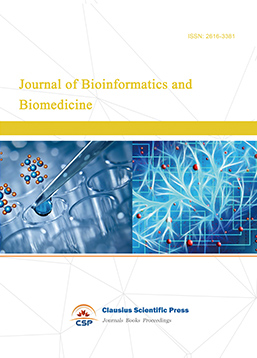

 Download as PDF
Download as PDF